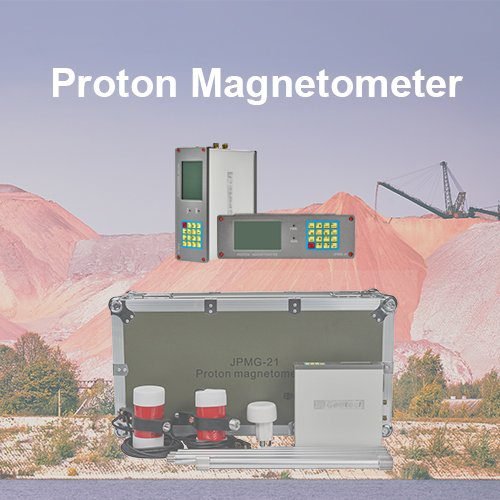Welcome to Geotech!

What is EM Resistivity: Principles, 2D/3D Imaging Methods
1. Definition and Principles of EM Resistivity
EM Resistivity refers to geophysical techniques that analyze subsurface resistivity distribution by injecting electrical currents or electromagnetic fields and measuring ground responses. Key methods include:
- Electrical Resistivity Tomography (ERT): Utilizes dense electrode arrays for rapid 2D/3D imaging, ideal for shallow high-resolution surveys .
- DC Resistivity Sounding: Traditional approach varying electrode spacing to profile vertical resistivity changes, suitable for deep stratigraphic analysis.
- Induced Polarization (IP): Measures secondary potential decay after current shutdown to study rock electrochemical properties, complementing resistivity data .
2. Comparison of 2D and 3D Resistivity Imaging
- 2D ERT:
- Strengths: Cost-effective for linear profiles (e.g., railway foundations, fault detection).
- Limitations: Assumes lateral homogeneity; struggles with complex 3D structures like karst caves .
- 3D ERT:
- Strengths: Cross-line or pseudo-3D electrode layouts enable precise spatial modeling (e.g., goaf zones, karst conduits).
- Challenges: High computational demands for large datasets, requiring advanced algorithms like FEM and Occam inversion .
3. Applications and Case Studies
- Coal Mine Goaf Detection:
- Case Study: The WGMD-9 system identified low-resistivity anomalies in Hubei, China, mapping water-filled goaf boundaries using Wenner Array and pseudo-3D inversion .
- Karst Geological Survey:
- Case Study: ERT delineated dissolution fissures in Guangdong limestone, guiding pile foundation design. High resistivity indicated intact bedrock, while low resistivity reflected water-bearing fractures .
- Underground Pipeline Mapping:
- Challenge: Non-metallic pipes (e.g., PVC) require Dipole-Dipole arrays for enhanced sensitivity .
4. Forward Modeling vs. Inversion
- Forward Modeling:
- Finite Element Method (FEM): High accuracy for complex terrains but computationally intensive .
- Analytical Solutions: Limited to layered models, used for educational purposes.
- Inversion Algorithms:
- Regularized Inversion (L1/L2 Norm): Enhances stability via smoothness constraints, widely adopted in engineering .
5. Advantages and Limitations
- Advantages:
- Non-destructive nature suitable for sensitive sites (e.g., archaeological surveys).
- Multi-parameter fusion (resistivity + IP) for clay or contaminant detection .
- Limitations:
- Depth constraints (<200 m) due to current decay.
- Sensitivity to topographic noise (e.g., steep slopes) requiring data correction .
Further reading | Technical solutions related to this article
In the field of resource exploration and engineering testing, accurate data is the key to success. As an innovator of resource and environmental instruments, Geotech has always taken high-precision electrical exploration technology as its core to provide reliable solutions for global users.
If you want to learn more about how the [Electrical Exploration System (ERT)] can help mineral exploration and geological research, please click on the electrical instrument product page to explore details, or visit Geotech’s official website to view the full range of exploration equipment (covering more than ten categories of products such as magnetometers, seismic nodes, and geological radars). Our technical team is on call at any time to customize scientific solutions for your project – making unknown strata a controllable data map.
-1.png)


